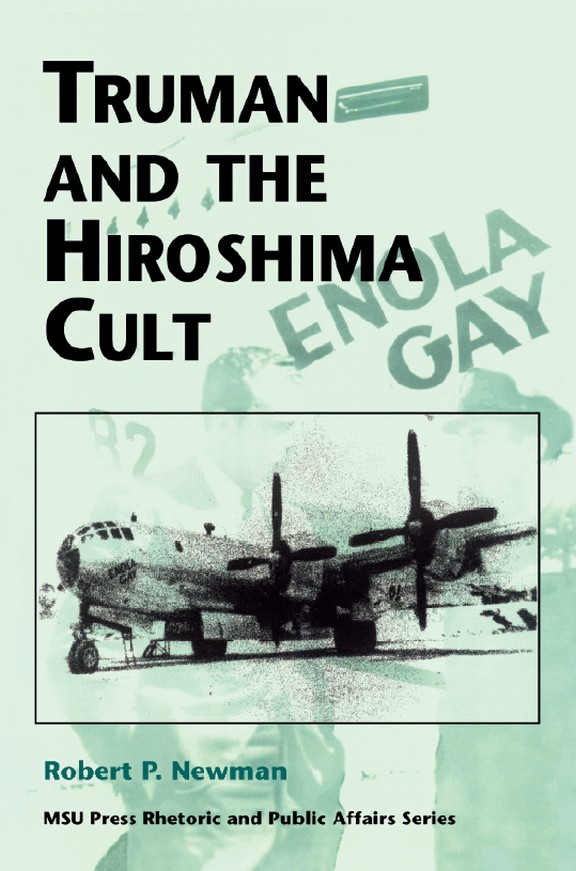

The Vietnam War, which began shortly after the armistice, was another significant instance of the Truman Doctrine in Asia. In 1953, the war ended in an armistice, which drew a new boundary near the 38th parallel and created the demilitarized zone between North Korea and South Korea. The US perceived this move as an attempt to expand communism and subsequently joined the war to defend South Korea. The Korean War began in 1950 with the North Korean army invading past the 38th parallel, a boundary that divided the country between the Soviet-backed North Koreans and the US-backed South Koreans. The US involvement in the Korean War was the first instance of the Truman policy in Asia. The Truman Doctrine was not limited to Europe. About a year later, the US organized the creation of NATO, which consisted of 12 North American and European nations, as a defensive military bloc against any Soviet efforts to expand communism.

The US feared that desperate European countries would be more likely to turn to communism. The Marshall Plan, which was the American initiative to provide economic assistance to democratic countries in Western Europe, was also part of this policy. President Truman successfully convinced Congress to provide $400 million in aid to support the two countries. The Greek government needed help fighting against the Greek Communist Party, and the Soviets were threatening Turkey. President Truman urged Congress to grant financial aid to Greece and Turkey because Great Britain could no longer assist them. The policy was introduced during a speech to Congress in 1947. The policy marked a step away from the US’s previous isolationist policies, which discouraged the US from becoming involved in foreign affairs. The Truman Doctrine, also known as the policy of containment, was President Harry Truman’s foreign policy that the US would provide political, military, and economic aid to democratic countries under the threat of communist influences in order to prevent the expansion of communism.


 0 kommentar(er)
0 kommentar(er)
